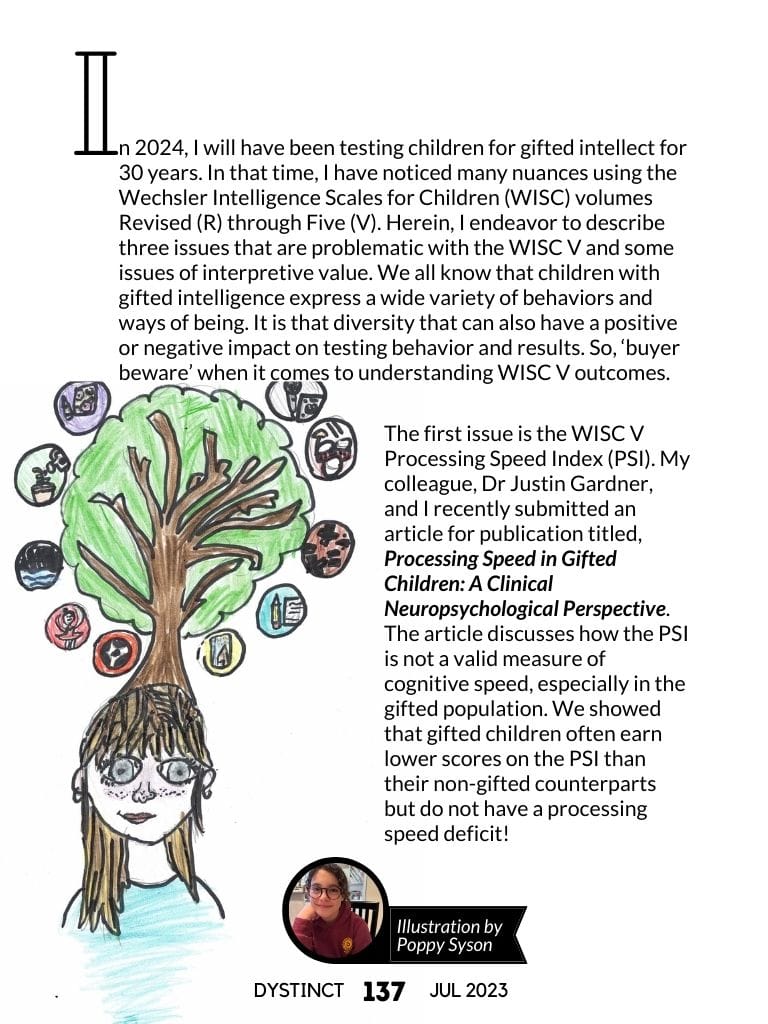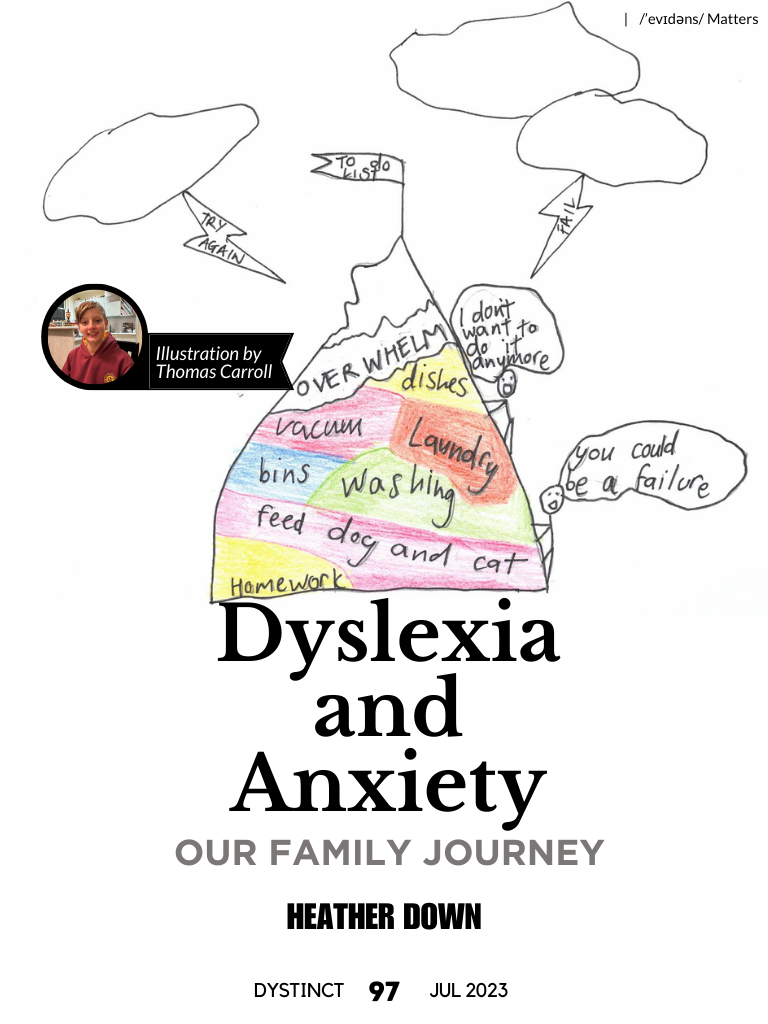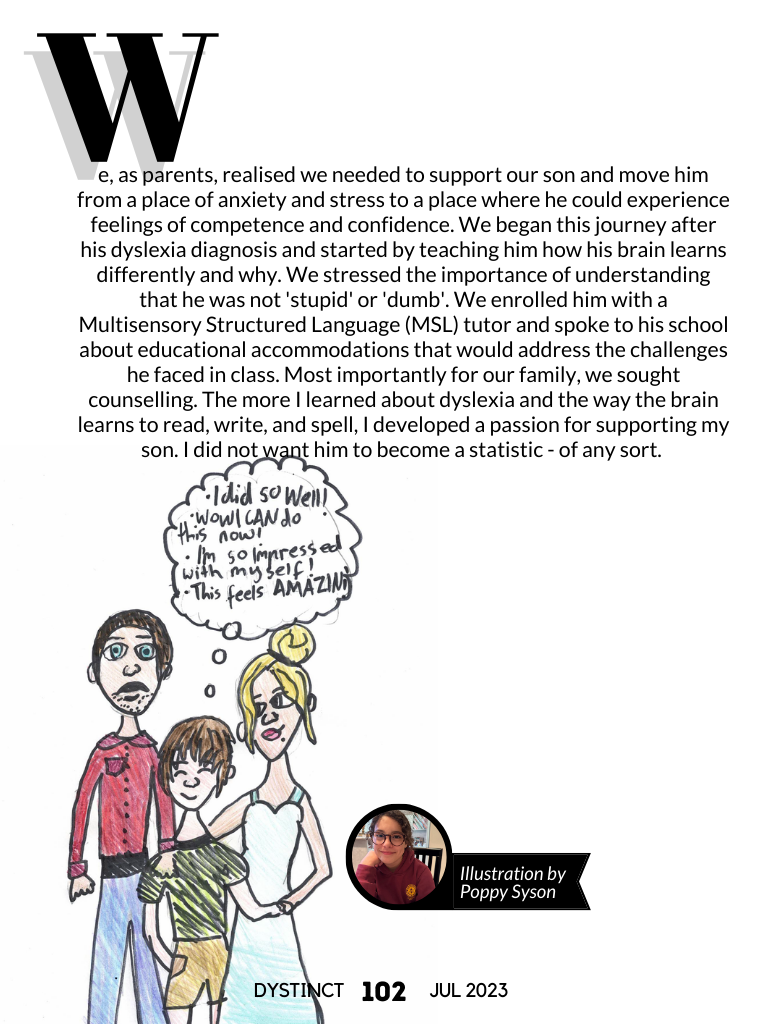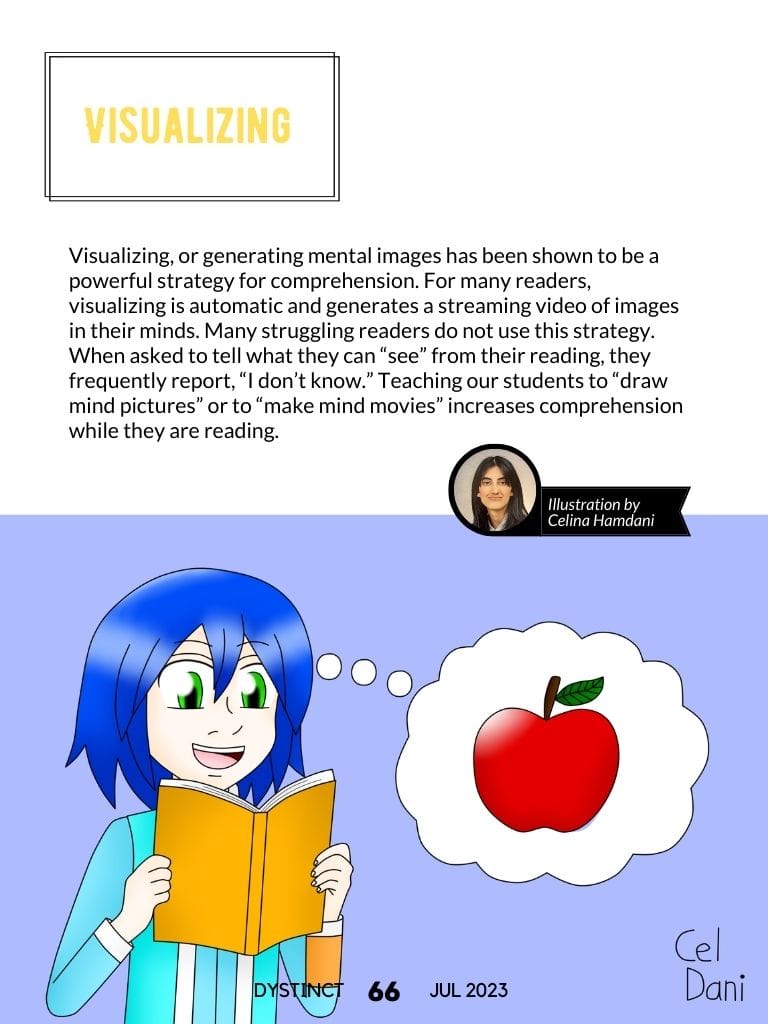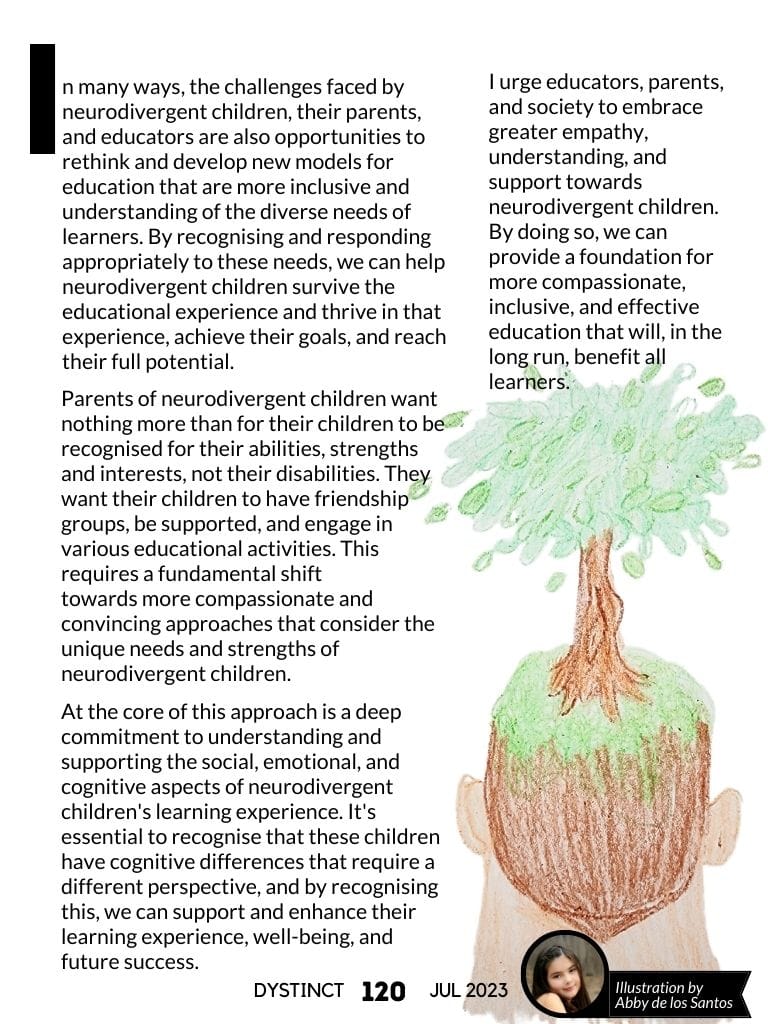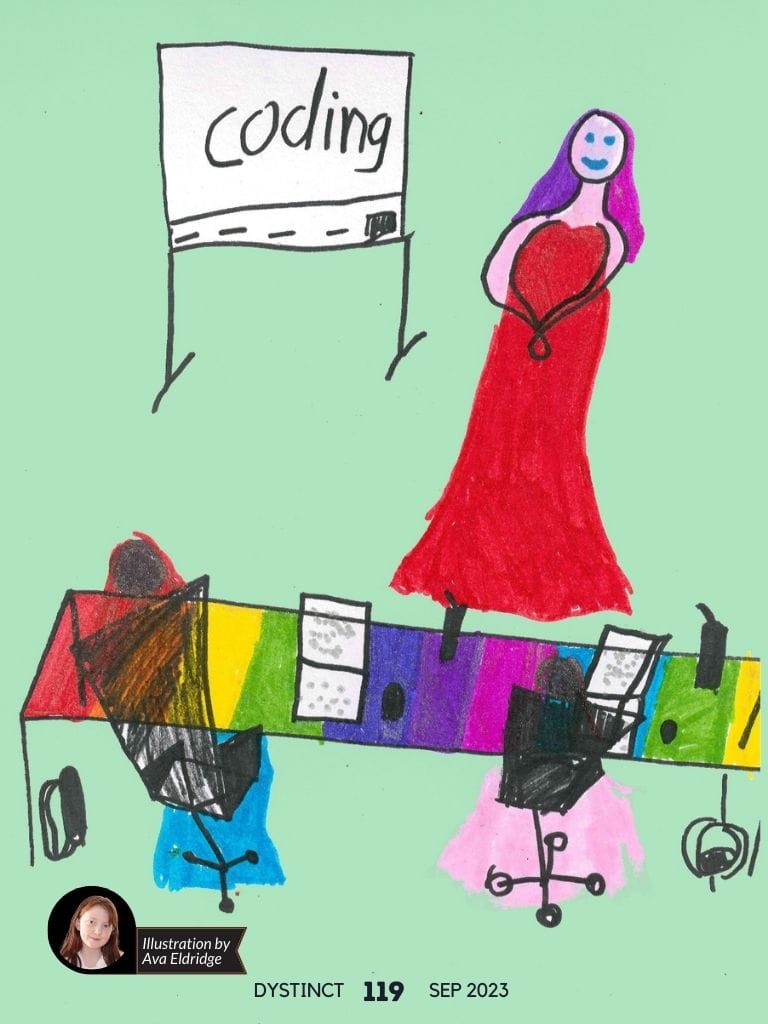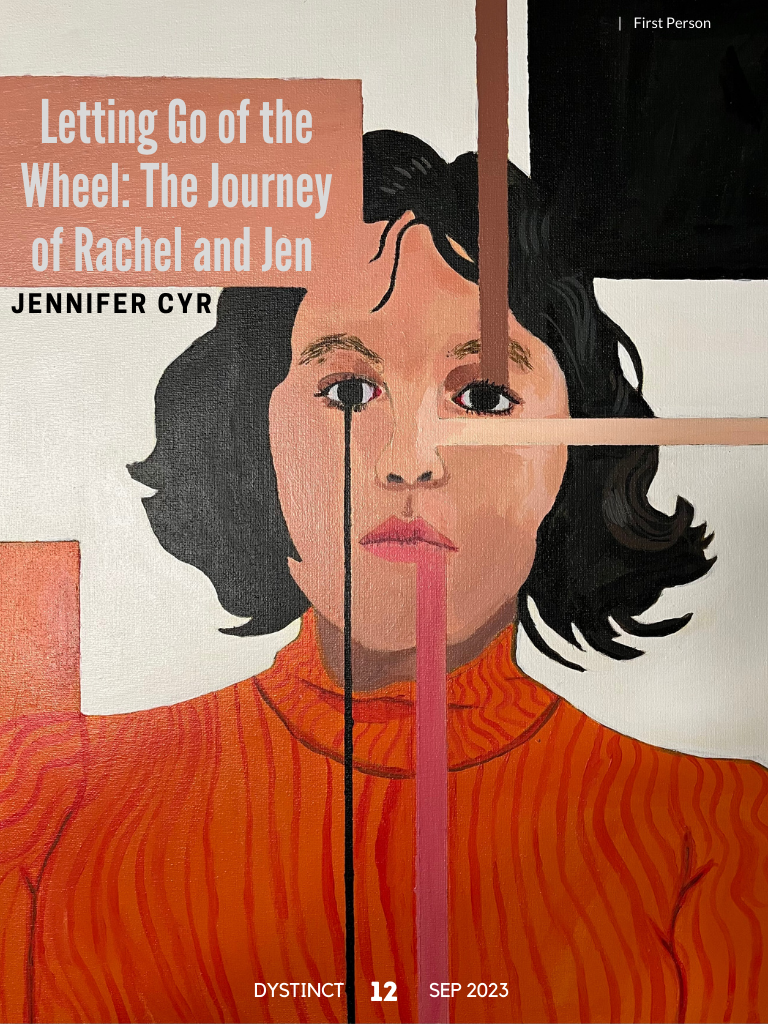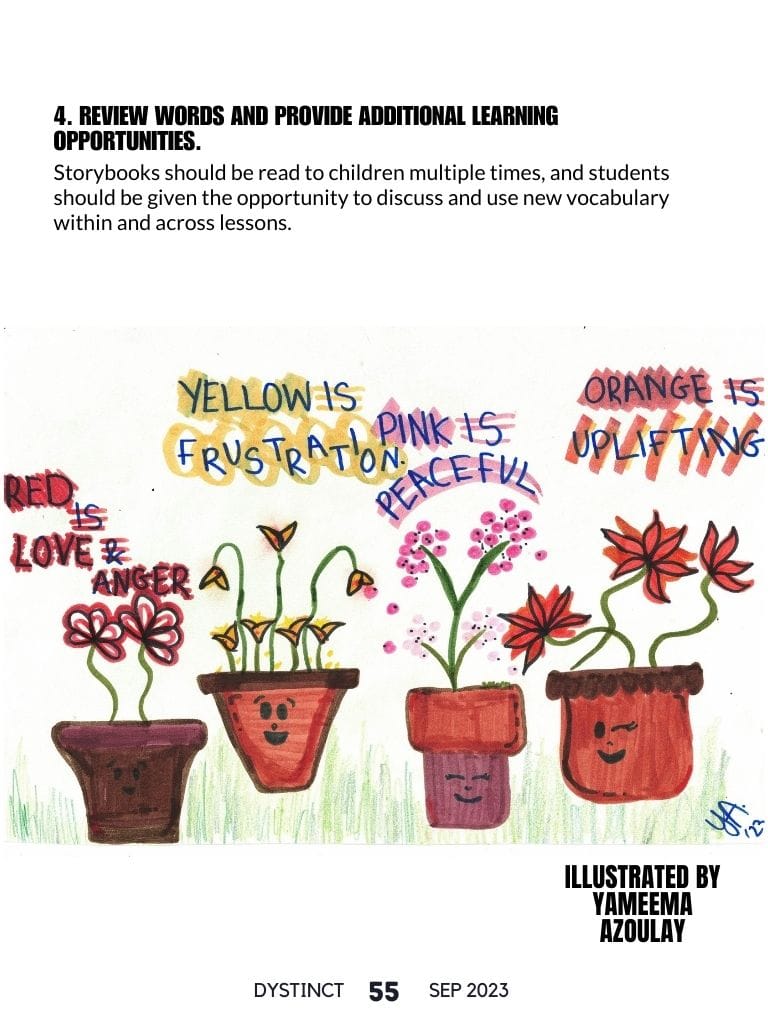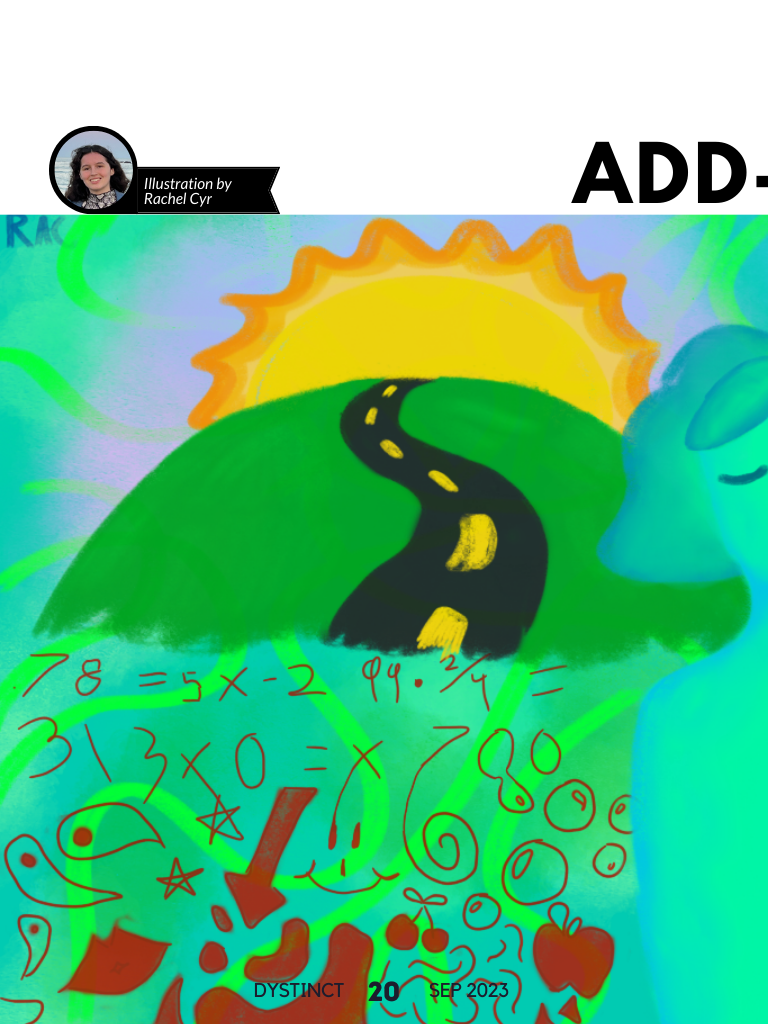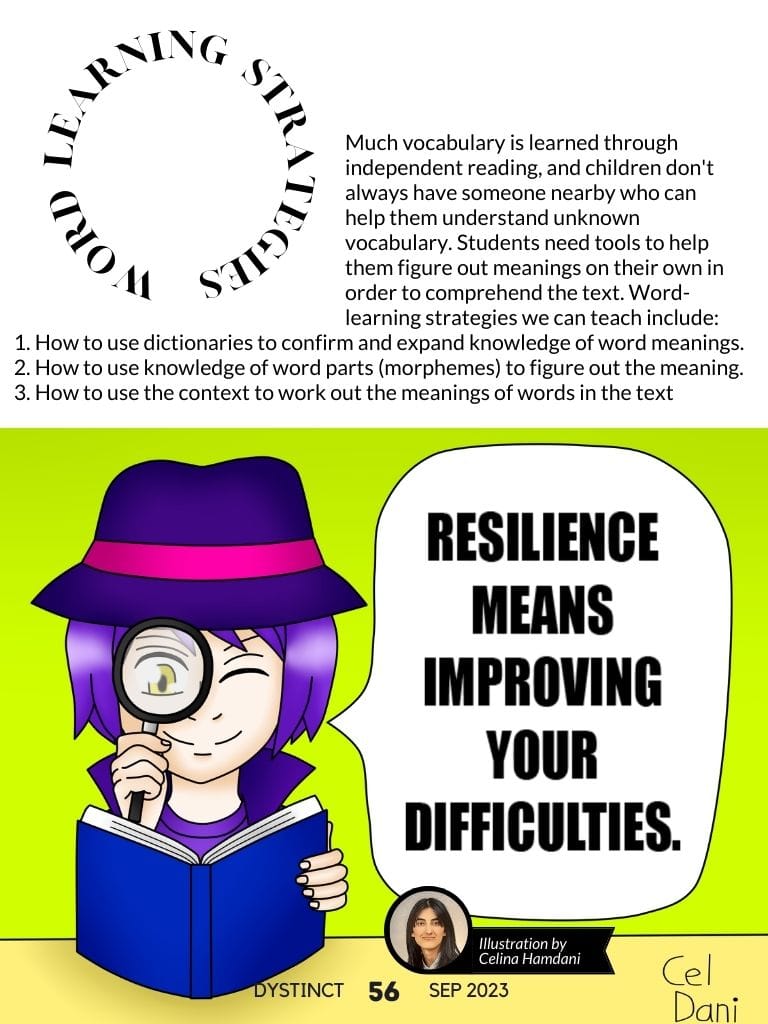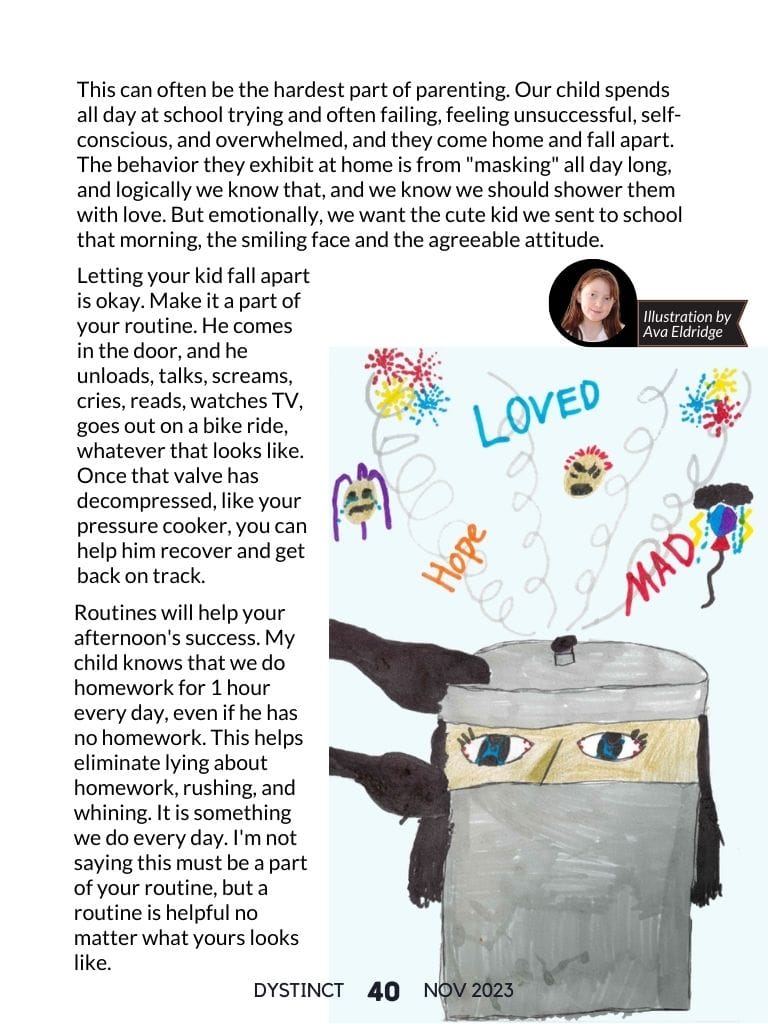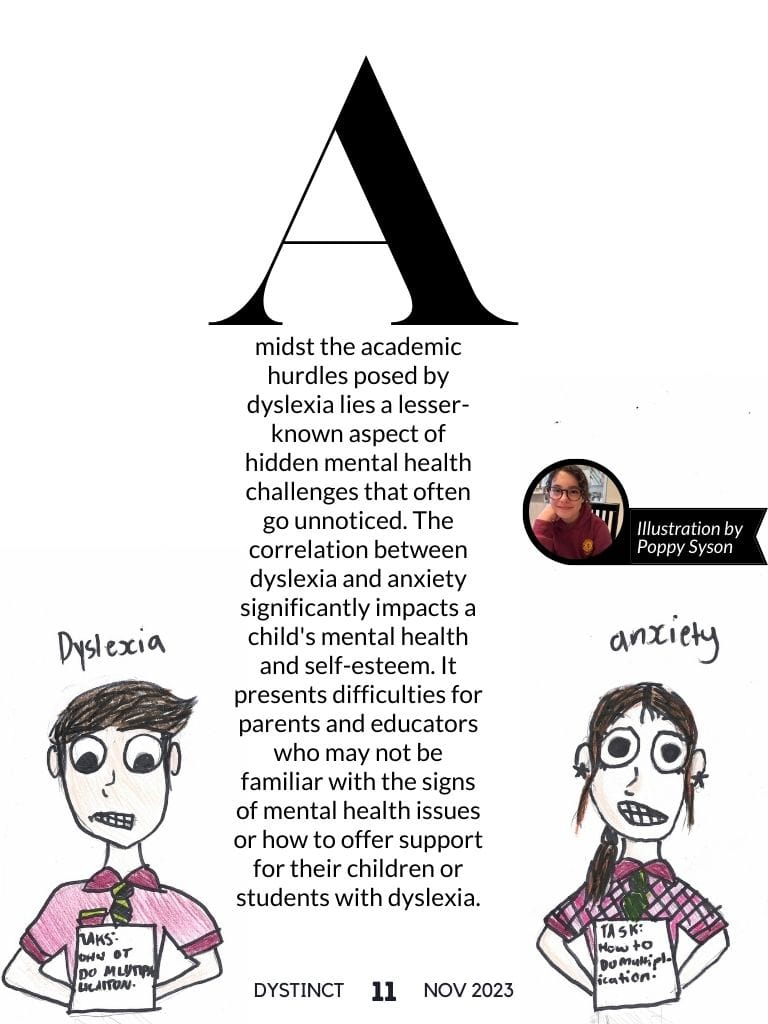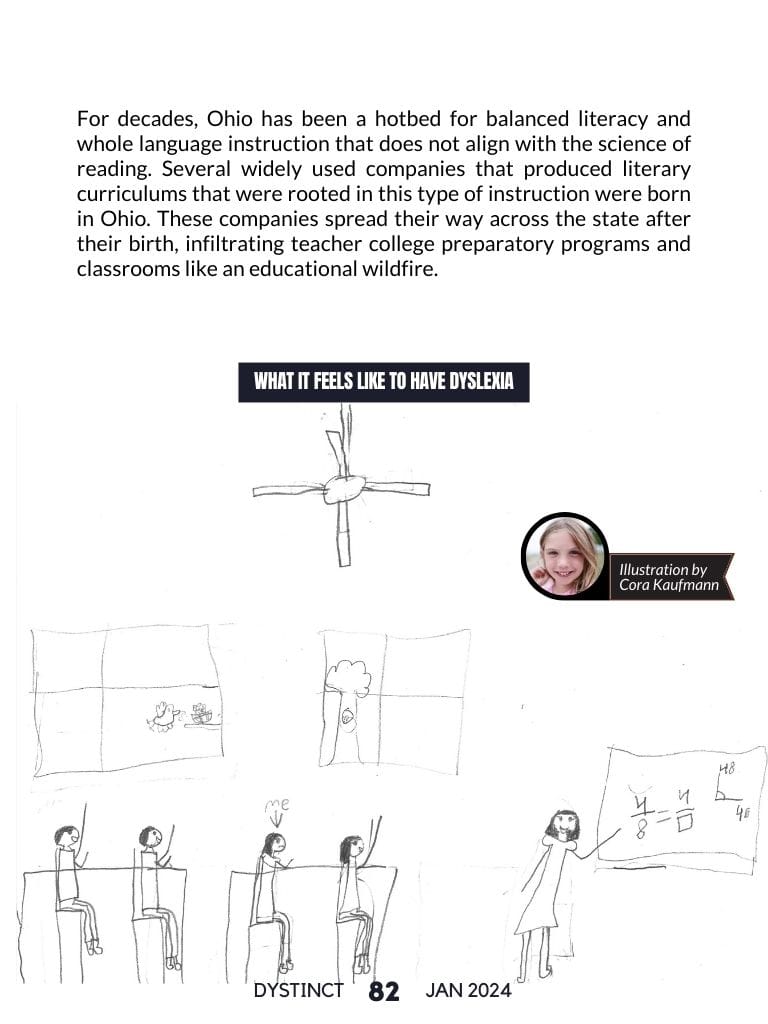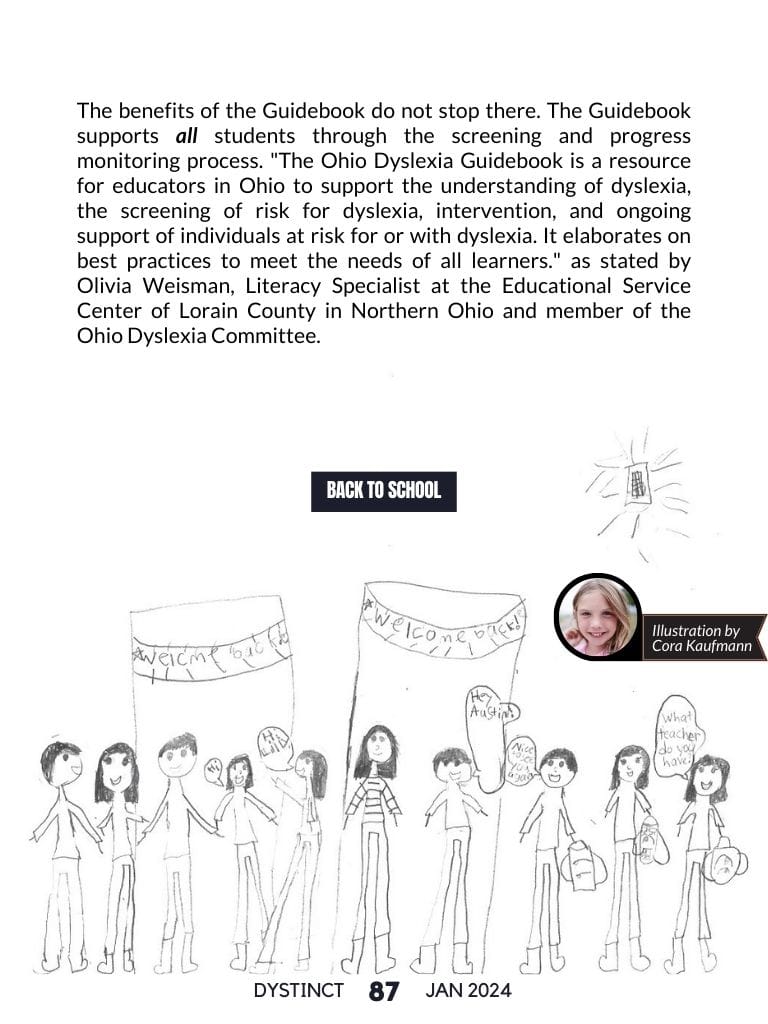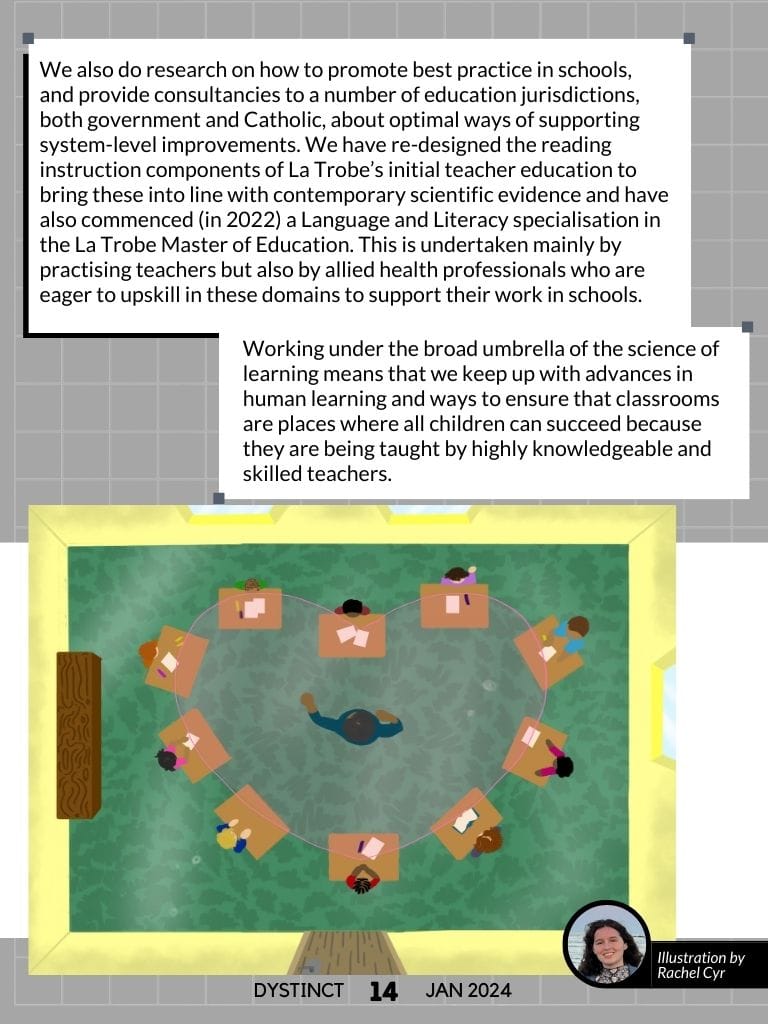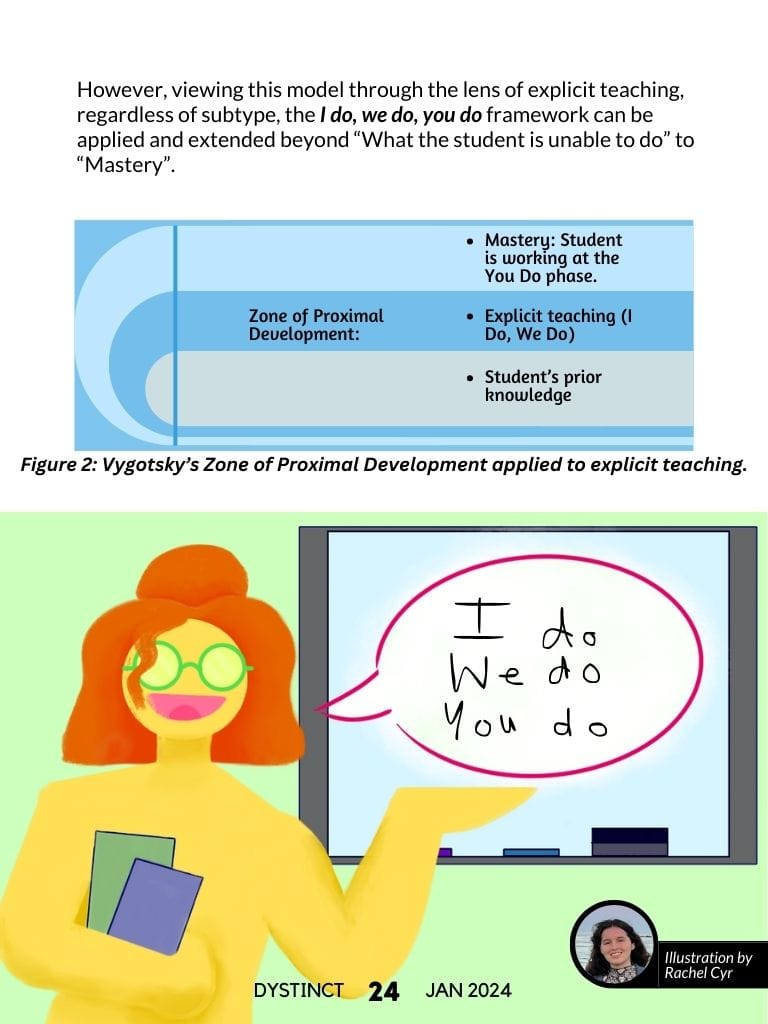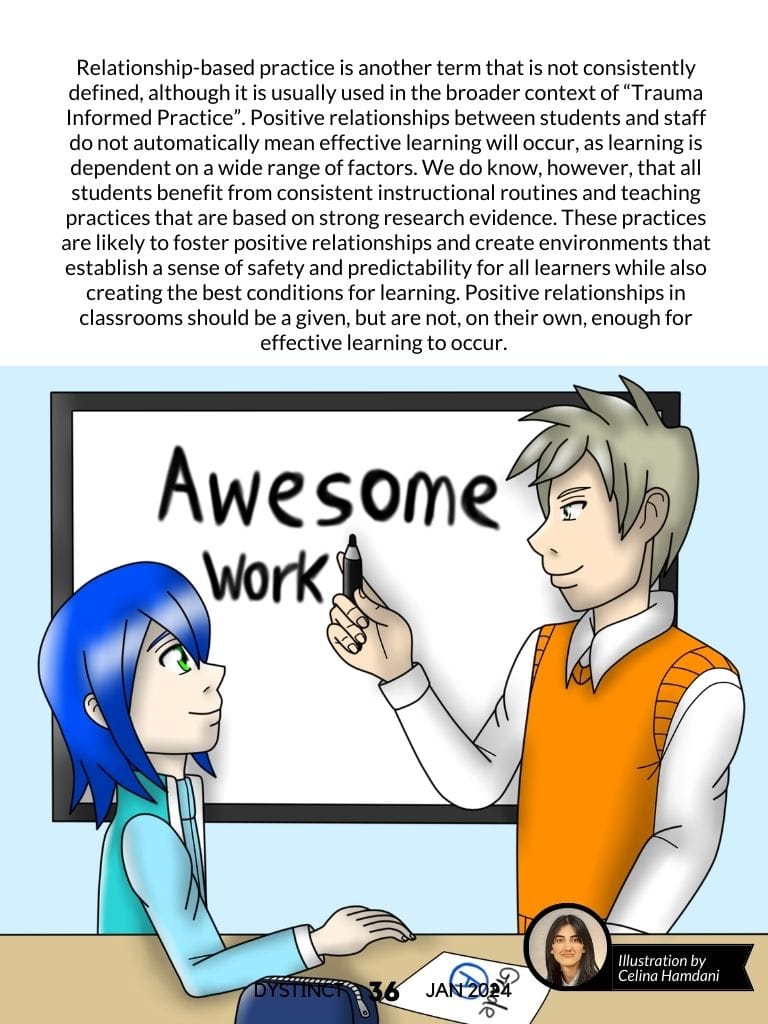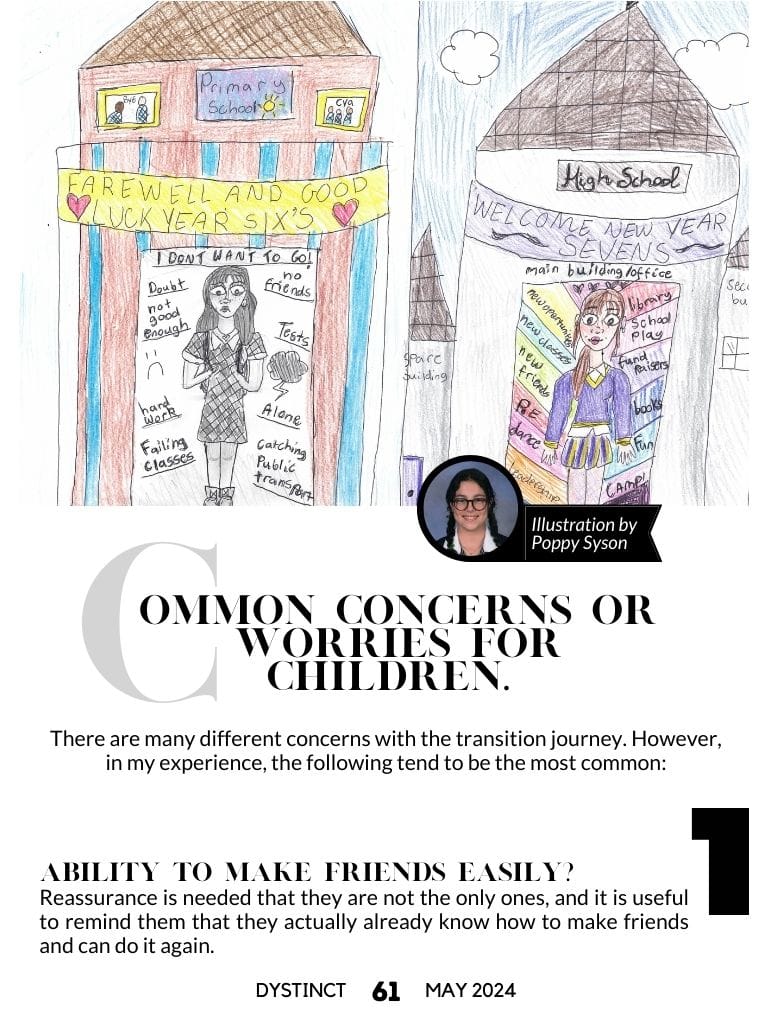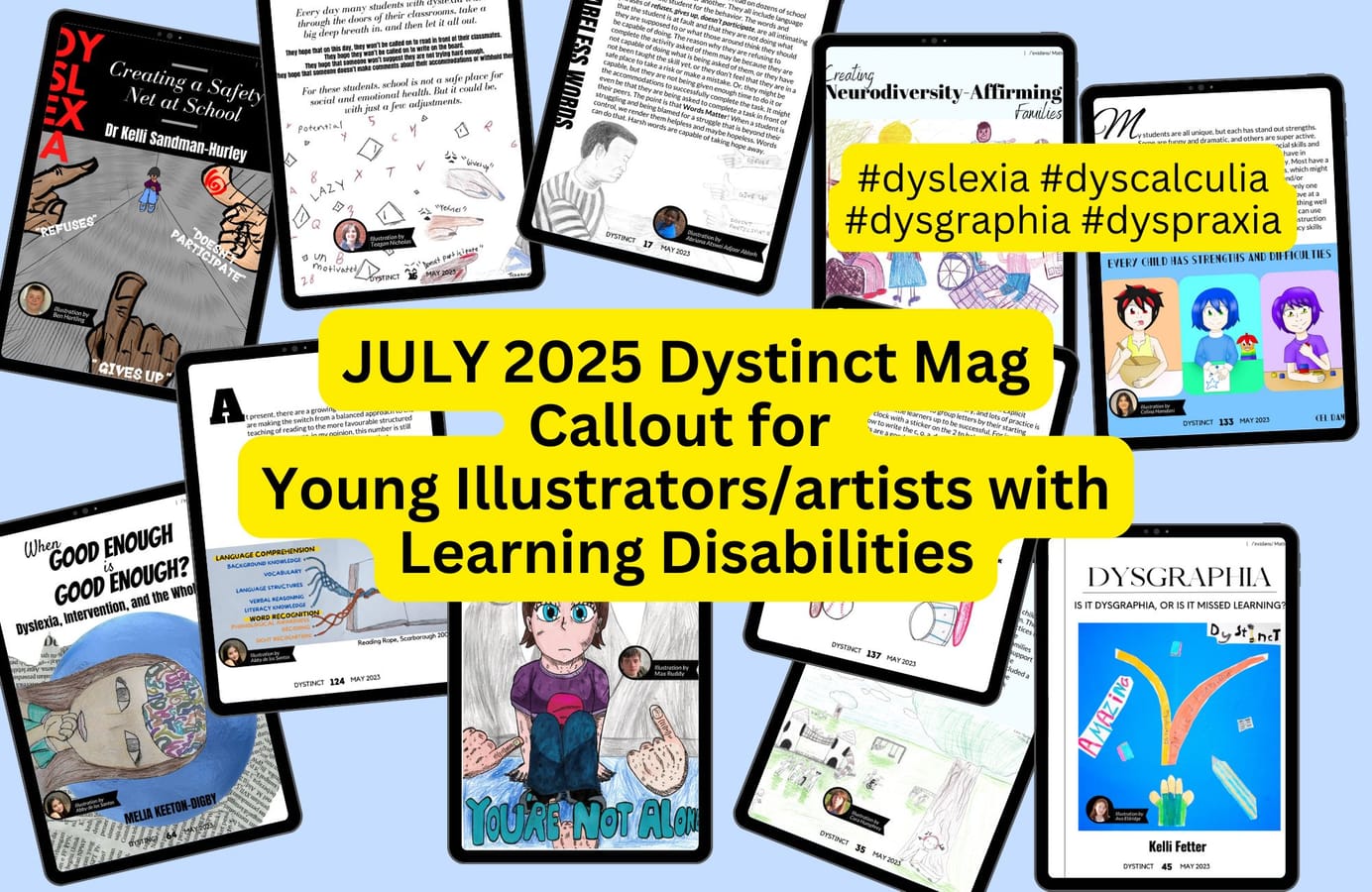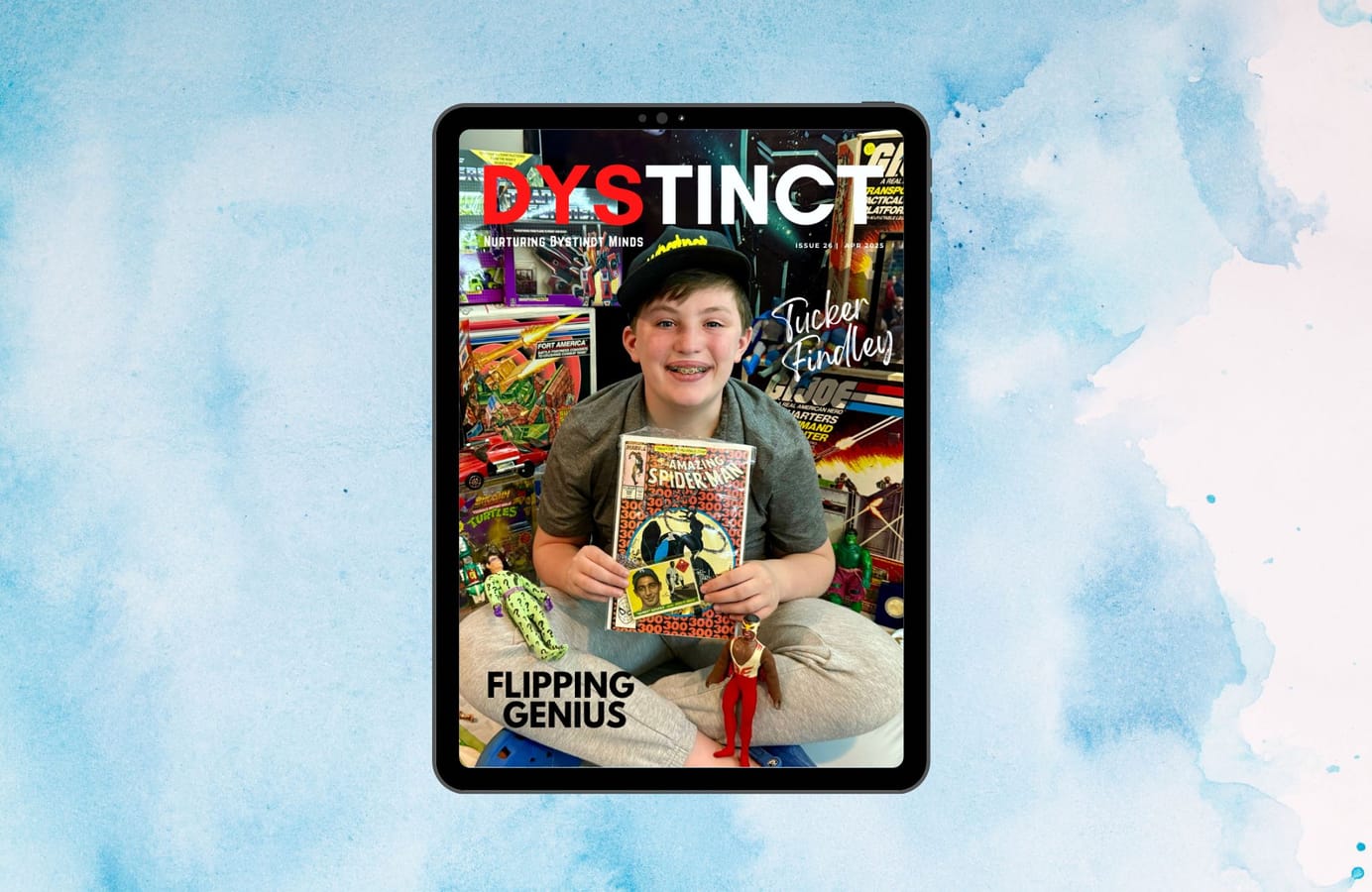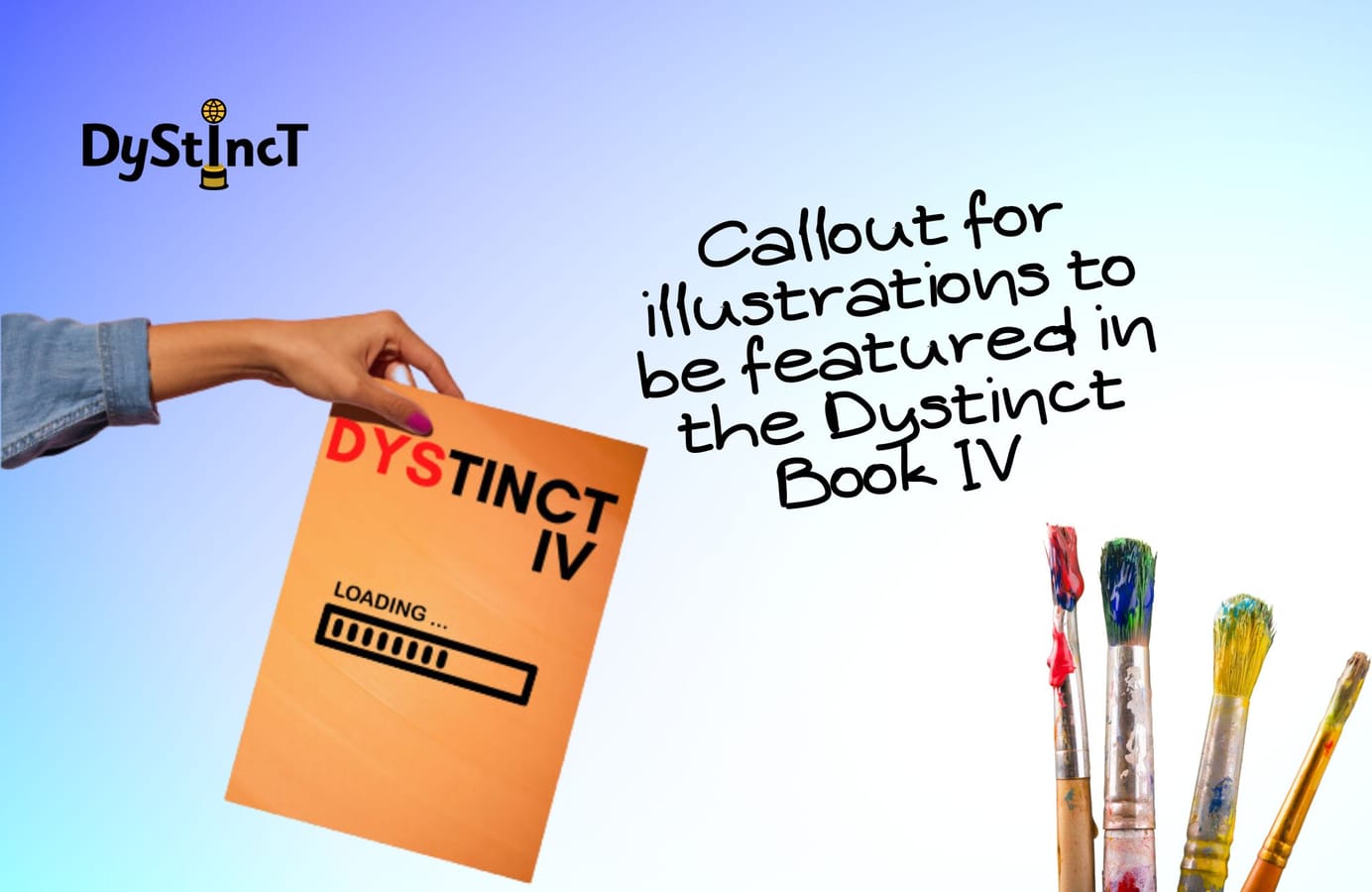
DYSTINCT Book IV : Illustration Callout for Coffee Table Book
Illustration opportunities for the upcoming Annual Coffee Table Dystinct Book IV. Submission Deadline 5 July 2024.
Table of Contents
Instructions to submit the illustrations are at the bottom. If you have any questions, please get in touch with me at hello@dystinct.org.
-> Status = OPEN.
Accepting Submissions.
Callout 1 - Inclusive Classroom Practices
- Article Topic: Is Guided Reading inclusive?
- Article Context: The author critically examines the inclusivity of common literacy practices like Guided Reading and Levelled Readers and emphasizes the importance of whole-class differentiation, equitable instruction, and a more comprehensive understanding of literacy instruction to truly foster inclusive education.
Illustration Guideline:
- Children can feel free to create an illustration as per their creativity.
- If you require a guideline, you can create an illustration to the theme of one of the options below:
- Inclusive Classroom Scene: Children could draw a classroom scene with diverse students working together, showing that everyone is valued and respected, regardless of differences.
- Barrier Removal: Illustrate a group of students working together to break down a barrier symbolizing inclusivity challenges, with tools like books and pencils.
- Breaking Achievement Gaps: Illustrate a bridge being built over a gap, symbolizing efforts to bridge achievement gaps through inclusive literacy practices.
- Teacher's Toolkit: Depict a teacher's handbag filled with strategies like scaffolding, differentiation, and diverse materials, emphasizing their role in creating an inclusive classroom.
Callout 2 - Teacher led explicit instruction is essential before students can explore these ideas independently.
- Article Topic: Terminology in the education landscape: Some key terms explained.
- Article Context: This article, authored by Pamela Snow, Tanya Serry, Nathaniel Swain, Tessa Weadman, and Eamon Charles, academic staff at the La Trobe University's Science of Language and Reading (SOLAR) Lab, explores some key terminology in education. It offers detailed explanations and insights into various educational terms, highlighting the importance of evidence-based approaches and advocating for a critical evaluation of educational practices and trends.
Illustration Guideline:
- Children can feel free to create an illustration as per their creativity.
- If you require ideas children can draw a teacher turning a large gear (cog) with a handle, which is connected to and in turn rotates smaller gears with students sitting on top of each of the smaller cogs. This shows that when the teacher provides guidance, students can learn effectively, just like how turning the handle makes everything move.
Callout 3 - Teacher seeking knowledge about the workings of the human brain
- Article Topic: Terminology in the education landscape: Some key terms explained.
- Article Context: This article, authored by Pamela Snow, Tanya Serry, Nathaniel Swain, Tessa Weadman, and Eamon Charles, academic staff at the La Trobe University's Science of Language and Reading (SOLAR) Lab, explores some key terminology in education. It offers detailed explanations and insights into various educational terms, highlighting the importance of evidence-based approaches and advocating for a critical evaluation of educational practices and trends.
Illustration Guideline:
- Children can feel free to create an illustration as per their creativity.
- If you require ideas children can create an illustration to the theme of one of the options below:
- Draw a teacher with a magnifying glass searching for information from books spread out in front of her.
- Draw a teacher with books, websites, and brain icons around the teacher to represent the search for knowledge about how the brain learns.
Callout 4 - Teacher’s Assistant working in a classroom setting
- Article Topic: Working with Teaching Assistants to Support Children with Special Educational Needs
- Article Context: The article emphasizes the importance of training and collaboration between teachers and Teaching Assistants (TAs) to support children with Special Educational Needs and Disabilities (SEND) effectively, promoting their inclusion and learning success.
Illustration Guideline:
- Children can feel free to create an illustration as per their creativity.
- If you require ideas children can draw a classroom scene with a teacher at the front, teaching a class full of students and draw a Teacher Assistant seated next to one student, providing assistance.
Callout 5 - Improving Child Outcomes Through Service Provider-Caregiver Collaboration
- Article Topic: Collaboration Between Service Providers and Caregivers: Better Outcomes through Working Together
- Article Context: This article explores the transformative power of collaboration between caregivers and service providers in achieving optimal outcomes for children, emphasizing the importance of mutual understanding and partnership.
Illustration Guideline:
- Children can feel free to create an illustration as per their creativity.
- If you require ideas children can create an illustration to the theme of one of the options below:
- Garden of Growth: A garden with different flowers labelled with the diverse needs of children, being tended to by both caregivers and service providers, showcasing how collaboration nurtures growth and development.
- Connecting Hands: A bridge formed over a raging river by the hands of service providers and care givers on either side and a child walking proudly on the bridge.
- Rocket Ship of Progress: A rocket ship steered by a child ready to blast off into space with caregivers and service providers working together to launch the rocket.
Callout 6 - Reading Trauma
- Article Topic: How Reading Trauma Became the Unknown Norm of U.S. Classrooms
- Article Context: The author delves into the pervasive issue of reading trauma in U.S. classrooms, shedding light on the profound PTSD symptoms experienced by struggling readers, advocating for effective reading instruction to mitigate long-term consequences and enable individuals, schools, and communities to thrive.
Illustration Guideline:
- Children can feel free to create an illustration as per their creativity.
- If you require ideas children can create an illustration to the theme of one of the options below:
- Visual Representations of Emotional Responses: Children can draw facial expressions or masks that reflect emotions commonly associated with reading trauma, such as frustration, anxiety, shame, or fear.
- Depiction of Classroom Scenarios: Children can draw scenes from classrooms where reading trauma may manifest, such as a student struggling to read aloud in front of classmates, feeling overwhelmed during a reading comprehension activity, or avoiding reading-related tasks altogether.
- Representation of Internal Battles: Children can create drawings depicting the internal struggles and conflicts experienced due to reading trauma, such as a tug-of-war between confidence and self-doubt, or a stormy sky representing turbulent emotions, or a maze symbolizing the challenges of navigating through reading difficulties.
Callout 7 - The role of Complex Trauma on behaviour and learning
- Article Topic: Complex Trauma – A Learning Disability Often Misunderstood
- Article Context: The author, drawing from her experience as a teacher and in child protection, highlights the misunderstood impact of complex trauma on children's behaviour and learning, advocating for trauma-informed practices in education to better support affected students.
Illustration Guideline:
- Children can feel free to create an illustration using their creativity.
- If you require a guideline, children can create an illustration to suit the theme of any one of the options below:
- Safe Space: An illustration of a safe and calming place in a classroom setting, such as a quiet corner with books, pillows, or art supplies where an overwhelmed child is sitting to regulate their emotions.
- Positive Adult Relationship: An illustration featuring a teacher and a student standing together, surrounded by a big heart or rainbow in the background. This heart or rainbow can be filled with words like "trustworthy," "caring," and "supportive," symbolizing the qualities of a healthy adult relationship and highlighting the crucial role of supportive teachers in students' lives.
Callout 8 - Schools are compared to production lines, rolling out 'workers'.
- Article Topic: From Awareness to Change: My Search for Equity in Education
- Article Context: The author, a dedicated mother advocating for children with Usher syndrome, recounts her family's journey through the complexities of Deaf Blindness and dyslexia, underscoring the critical call for heightened awareness, challenging low expectations, and reshaping educational approaches to ensure equitable opportunities for those with sensory disabilities.
Illustration Guideline:
- An illustration of an assembly line in a factory that looks like a school or classroom, but instead of products, there are children coming out.
Callout 9 - Maintaining records of educational documentation
- Article Topic: Top 10 Important Reasons Behind Keeping Proper Documentation of School Records
- Article Context: The author, highlights the crucial importance of proper documentation of a child's educational journey, emphasizing how it can play a pivotal role in advocating for students with diverse needs, ensuring their rights are upheld, and addressing various educational challenges through a systematic approach.
Illustration Guideline:
- Children can feel free to create an illustration using their creativity.
- If you require a guideline, children can create one of the illustrations below:
- A Parent and child standing together with the parent holding a File Folder labelled "School Records", symbolizing the importance of maintaining records.
- A school administrator handing over a stack of documents to a parent at an IEP meeting, representing educational records.
INSTRUCTIONS
Instructions for creating illustrations:
- If your child can create digital drawings, that would be preferred. If not, illustrations on paper will suffice. (If your child can create a digital illustration please let me know about the software/platform that they will be using to create the file).
- Please create/draw/colour on an A4 sheet of WHITE paper.
- Scan the image and send us a clear image of the illustration without shadows. Please do not take a photograph using flash on your mobile device.
Instructions for submitting your illustrations:
Please email me your submissions to hello@dystinct.org with the following info:
- Short bio- 25-50 words
- Name of Child
- Age
- Location (City/Country)
- Diagnosis/suspected diagnosis
- 1-2 high-resolution headshots/ photos of the child
Illustrations from previous Dystinct Magazine issues to be featured in the upcoming Coffee Table book
